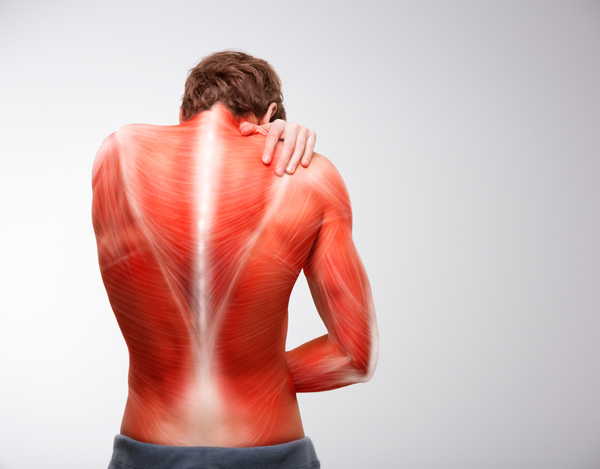Notifications
ALL BUSINESS
COMIDA
DIRECTORIES
ENTERTAINMENT
FINER THINGS
HEALTH
MARKETPLACE
MEMBER's ONLY
MONEY MATTER$
MOTIVATIONAL
NEWS & WEATHER
TECHNOLOGIA
TV NETWORKS
VIDEOS
VOTE USA 2026/2028
INVESTOR RELATIONS
COMING 2026 / 2027
ALL BUSINESS
COMIDA
DIRECTORIES
ENTERTAINMENT
FINER THINGS
HEALTH
MARKETPLACE
MEMBER's ONLY
MONEY MATTER$
MOTIVATIONAL
NEWS & WEATHER
TECHNOLOGIA
TV NETWORKS
VIDEOS
VOTE USA 2026/2028
INVESTOR RELATIONS
COMING 2026 / 2027
 joseph rock -
October 9, 2024 -
Health -
Pain relief
pain relief treatment
-
276 views -
0 Comments -
0 Likes -
0 Reviews
joseph rock -
October 9, 2024 -
Health -
Pain relief
pain relief treatment
-
276 views -
0 Comments -
0 Likes -
0 Reviews

Pain is a complex and debilitating condition that affects millions of people worldwide. Whether it’s caused by chronic conditions like arthritis, fibromyalgia, or recurring injuries, living with pain can significantly diminish quality of life.
Topcynta 100mg (tapentadol) is a prescription medication used to manage moderate to severe acute and chronic pain.
While Asmanol 100mg can be highly effective for controlling pain in the short term, it is not a solution for permanent pain relief.
While temporary solutions such as medications, hot or cold therapy, and topical treatments provide short-term relief, many people are in search of long-lasting or permanent solutions. In this blog, we’ll explore ways to manage and potentially relieve pain permanently through a holistic approach, focusing on lifestyle changes, therapies, and natural remedies.
Before diving into permanent solutions, it’s essential to understand what pain is and why it occurs. Pain is the body’s way of signaling that something is wrong. It can be either acute (short-term) or chronic (lasting more than three months). Chronic pain is more challenging to manage as it often persists long after the initial injury or cause has healed. Factors such as inflammation, nerve damage, and even emotional stress can contribute to ongoing pain.
Now, let’s explore strategies to address these pain-causing factors permanently.
One of the most effective ways to manage and eventually reduce chronic pain is through regular exercise and physical therapy. Staying active helps improve circulation, strengthens muscles, and increases flexibility, which can alleviate the physical causes of pain.
For specific pain conditions, physical therapy guided by a professional can target the problem areas more effectively. Therapists use techniques such as massage, electrical stimulation, and tailored exercises to relieve pain and improve function over time.
Inflammation is a key contributor to chronic pain, particularly in conditions like arthritis and fibromyalgia. Reducing inflammation through diet can be a powerful tool in achieving permanent pain relief.
Addressing the emotional and psychological aspects of pain is crucial for long-term relief. Stress and anxiety can exacerbate physical pain, while chronic pain, in turn, can worsen mental health.
Mindfulness and meditation have been proven to help individuals manage pain by promoting relaxation and reducing stress. These techniques work by calming the nervous system, which can help reduce pain signals sent to the brain.
CBT is a psychological treatment that helps individuals change negative thought patterns associated with pain. This therapy is particularly effective for chronic pain sufferers, as it helps reduce the emotional response to pain, thereby diminishing its intensity.
Deep breathing exercises and progressive muscle relaxation techniques help calm the mind and reduce muscle tension, which can lessen pain, especially for conditions like migraines and fibromyalgia.
Acupuncture, an ancient Chinese medicine practice, involves inserting thin needles into specific points on the body. It’s believed that this practice helps stimulate the body’s natural healing processes and reduce pain. Studies have shown that acupuncture can be particularly effective for conditions like back pain, osteoarthritis, and headaches.
Other alternative therapies, such as chiropractic care, massage therapy, and cupping, can also be effective in providing long-term pain relief. These therapies focus on realigning the body, improving circulation, and promoting relaxation.
Getting enough quality sleep is essential for managing chronic pain. Lack of sleep can lower pain tolerance, increase inflammation, and exacerbate conditions like fibromyalgia. Establishing good sleep habits, such as going to bed at the same time each night, creating a comfortable sleep environment, and avoiding caffeine or electronics before bed, can help improve sleep quality and reduce pain over time.
Herbs and supplements can also be part of a long-term pain relief plan. Some natural remedies have anti-inflammatory and analgesic properties that help manage pain without the side effects of medications.
Permanent pain relief requires a multi-faceted approach that includes physical, emotional, and lifestyle changes. Exercise, proper nutrition, mind-body therapies, and alternative treatments like acupuncture can all contribute to reducing and managing chronic pain. While no one-size-fits-all solution exists, combining these strategies can help address the root causes of pain and provide lasting relief. Always consult a healthcare provider before starting new treatments to ensure they are appropriate for your specific condition.
